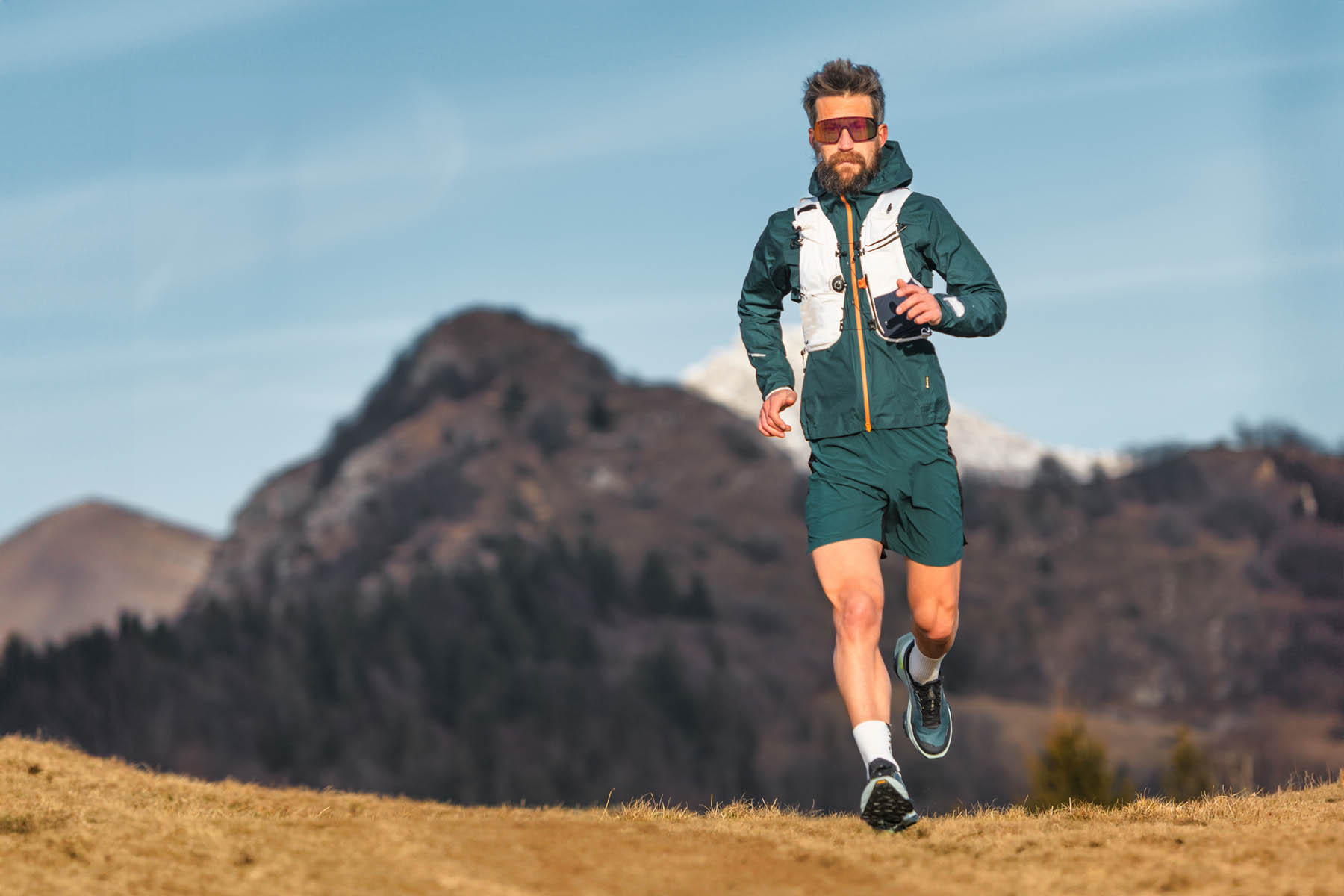Preparing for an Ultra Marathon: Implementing Recovery Protocols

Ultra marathons are not for the faint of heart. These grueling races test runners’ physical and mental limits, often covering distances far beyond the conventional marathon length of 26.2 miles. As athletes gear up to tackle such extraordinary challenges, meticulous preparation becomes paramount. While training schedules and nutrition plans are crucial, recovery protocols play an equally significant role in ensuring peak performance and reducing the risk of injury. In this article, we delve into some essential recovery protocols, including massage therapy, cold plunge, sauna sessions, and compression therapy, all tailored to aid ultramarathoners in their quest for success.
Massage Therapy
One of the cornerstones of post-run recovery is massage therapy. Beyond its relaxation benefits, massage aids in muscle recovery, reduces inflammation, and enhances flexibility. Regular massages can be a game-changer for ultramarathoners, who subject their bodies to intense physical stress. Deep tissue massages target the fascia and muscles, breaking down adhesions and knots that may have formed during training. Moreover, massages stimulate blood flow, facilitating the delivery of oxygen and nutrients to tired muscles while aiding in removing metabolic waste products.
Research supports the efficacy of massage therapy in enhancing recovery. A study published in the Journal of Athletic Training found that post-exercise massage alleviated symptoms of muscle soreness and promoted faster recovery in athletes. Therefore, incorporating massage sessions into the post-run routine can significantly contribute to an ultramarathoner’s overall well-being and performance.
Cold Plunge and Sauna Sessions
The contrast between hot and cold therapies has been utilized for centuries to promote healing and recovery. Cold plunge baths and sauna sessions offer contrasting benefits that can complement each other in an athlete’s recovery regimen.
Cold plunges, or ice baths, involve immersing the body in icy water for a short duration, typically around 3-15 minutes. The freezing temperature constricts blood vessels, reducing inflammation and numbing soreness. Additionally, cold exposure triggers the body’s natural anti-inflammatory responses, aiding in muscle repair. For ultramarathoners, who often experience microtears and inflammation in their muscles after prolonged exertion, cold plunge sessions can be particularly beneficial in accelerating recovery.
On the other hand, sauna sessions offer a contrasting approach to recovery. The heat from saunas induces vasodilation, widening blood vessels and improving circulation. This increased blood flow helps flush out toxins and metabolic waste products accumulated during exercise. Moreover, saunas promote relaxation and stress relief, which are vital for an athlete’s mental well-being.
Compression Therapy
Compression garments have gained popularity among athletes as a means to enhance recovery and performance. These tight-fitting garments apply graduated pressure to the limbs, promoting blood flow and reducing swelling. For ultramarathoners, compression therapy can aid in minimizing muscle fatigue and soreness during prolonged runs while expediting recovery post-exercise.
A meta-analysis published in the Journal of Strength and Conditioning Research analyzed the effects of compression garments on performance and recovery in athletes. The study concluded that compression therapy significantly reduced perceived muscle soreness and accelerated the recovery of muscle function following intense exercise.
Incorporating compression garments into the post-run recovery routine can be particularly advantageous for ultramarathoners. They provide continuous support to weary muscles, promote faster healing and mitigate the risk of injury.
Conclusion
Preparing for an ultramarathon requires more than just rigorous training and proper nutrition. Implementing effective recovery protocols is essential for optimizing performance and minimizing the risk of overuse injuries. From massage therapy to cold plunge baths, sauna sessions, and compression therapy, each recovery modality offers unique benefits that cater to the specific needs of ultramarathoners. By incorporating these protocols into their training regimen, athletes can ensure they are adequately prepared to conquer the challenges that lie ahead on race day.
References
- Dawson, L. G., et al. “Effectiveness of Massage Therapy on Recovery of Muscular Endurance and Symptoms of Muscle Soreness After an Exhausting Exercise: A Randomized Controlled Trial.” Journal of Athletic Training, vol. 50, no. 5, 2015, pp. 422-432.
- Higgins, T. “The Effects of Massage on Delayed Onset Muscle Soreness and Physical Performance in Female Collegiate Athletes.” Physical Therapy in Sport, vol. 5, no. 4, 2004, pp. 231-241.
- Kemmler, W., et al. “Effects of Compression Stockings on Recovery Following Exercise-Induced Muscle Damage: A Systematic Review.” International Journal of Sports Medicine, vol. 41, no. 14, 2020, pp. 1-12.
- Vaile, J., et al. “Effect of Hydrotherapy on Recovery from Fatigue.” International Journal of Sports Medicine, vol. 30, no. 12, 2009, pp. 891-897.






